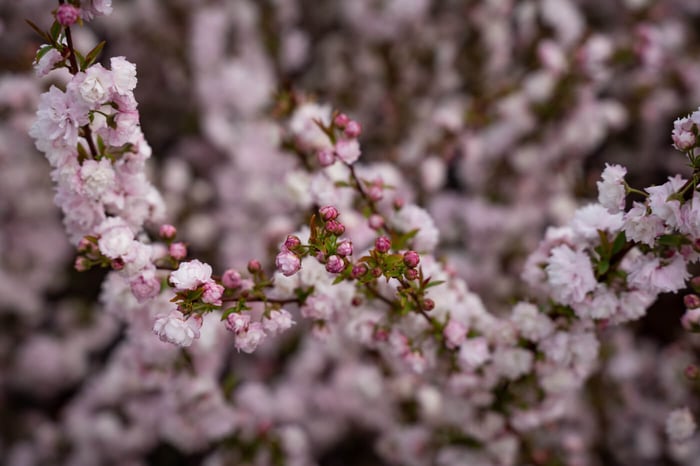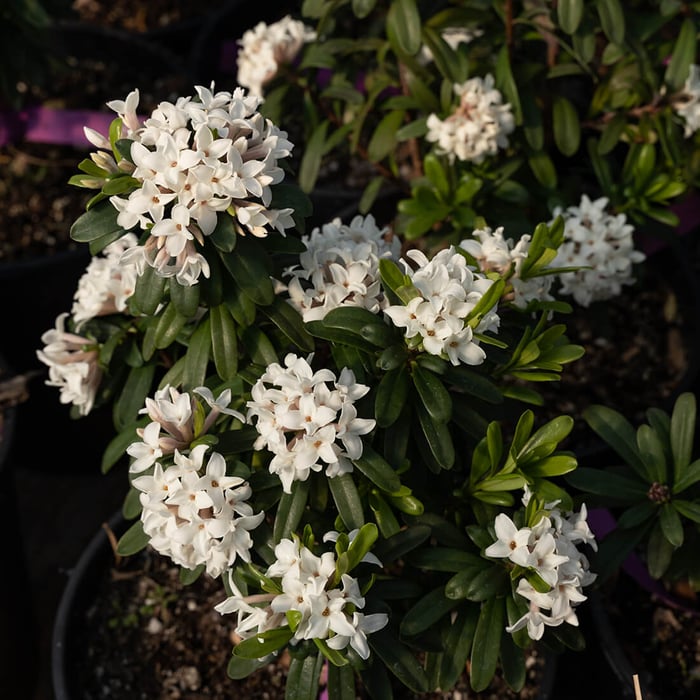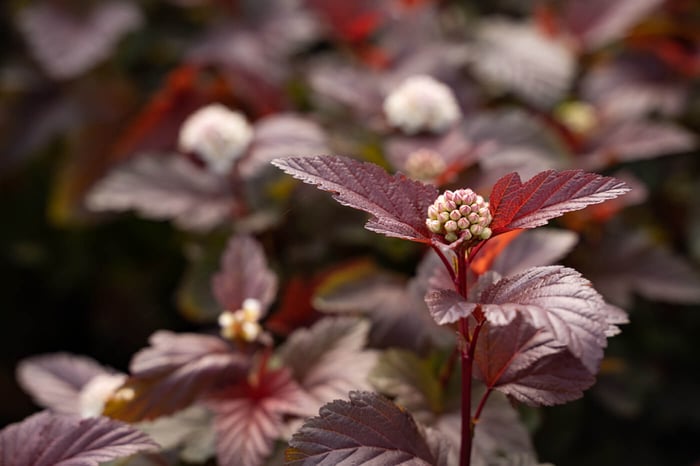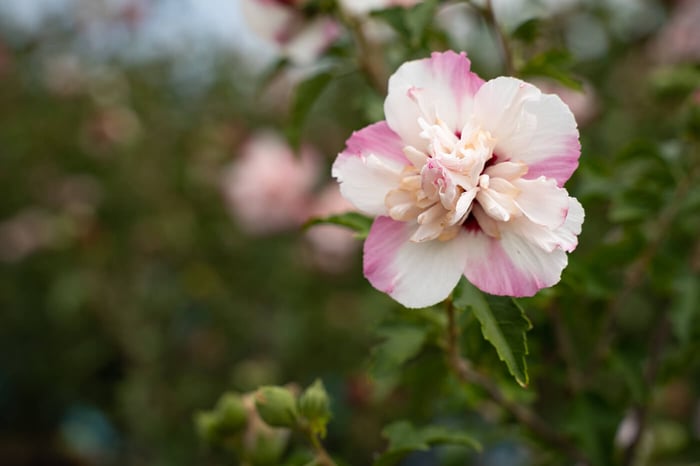The dwarf flowering almond, also known as Prunus glandulosa, is a deciduous shrub that can add a pop of color to any Utah landscape. This small, low-growing shrub produces pink or white blooms that cover the branches in early spring before the leaves emerge. It can survive in a variety of climates, including colder regions and areas with hot summers. Its USDA hardiness zone rating is 4 through 8—which is great for Utah’s valleys and bench areas.
The dwarf flowering almond is an excellent low-maintenance, small ornamental shrub that doesn’t need a lot of space. It can be used as a border plant or as a decorative accent in a mixed border, and it pairs well with other spring-blooming shrubs and trees, such as forsythia or cherry blossom. Because of its small size, it's an excellent choice for smaller gardens.
The plant prefers well-drained soil and full sun, but can also tolerate partial shade. Water it well after planting and keep it evenly moist during the growing season. Be sure to mulch heavily to retain moisture and fertilize it annually. Once established, the dwarf flowering almond can tolerate mild drought conditions, but it prefers consistently moist soil.
One thing to keep in mind is that the dwarf flowering almond blooms early in the spring, often before the last frost. This means that in areas with late frosts or cold snaps, the blooms may be damaged or killed. In Utah, it is important to keep an eye on the weather and protect the plant if necessary in case of late frosts.
Overall, the dwarf flowering almond is a great choice for gardeners who are looking for a hardy, low-maintenance shrub that provides a burst of spring color. It is easy to care for, does not require a lot of space, and can be used in a variety of garden settings. Whether you are planting one or several, this beautiful shrub is sure to brighten up your Utah landscape.






